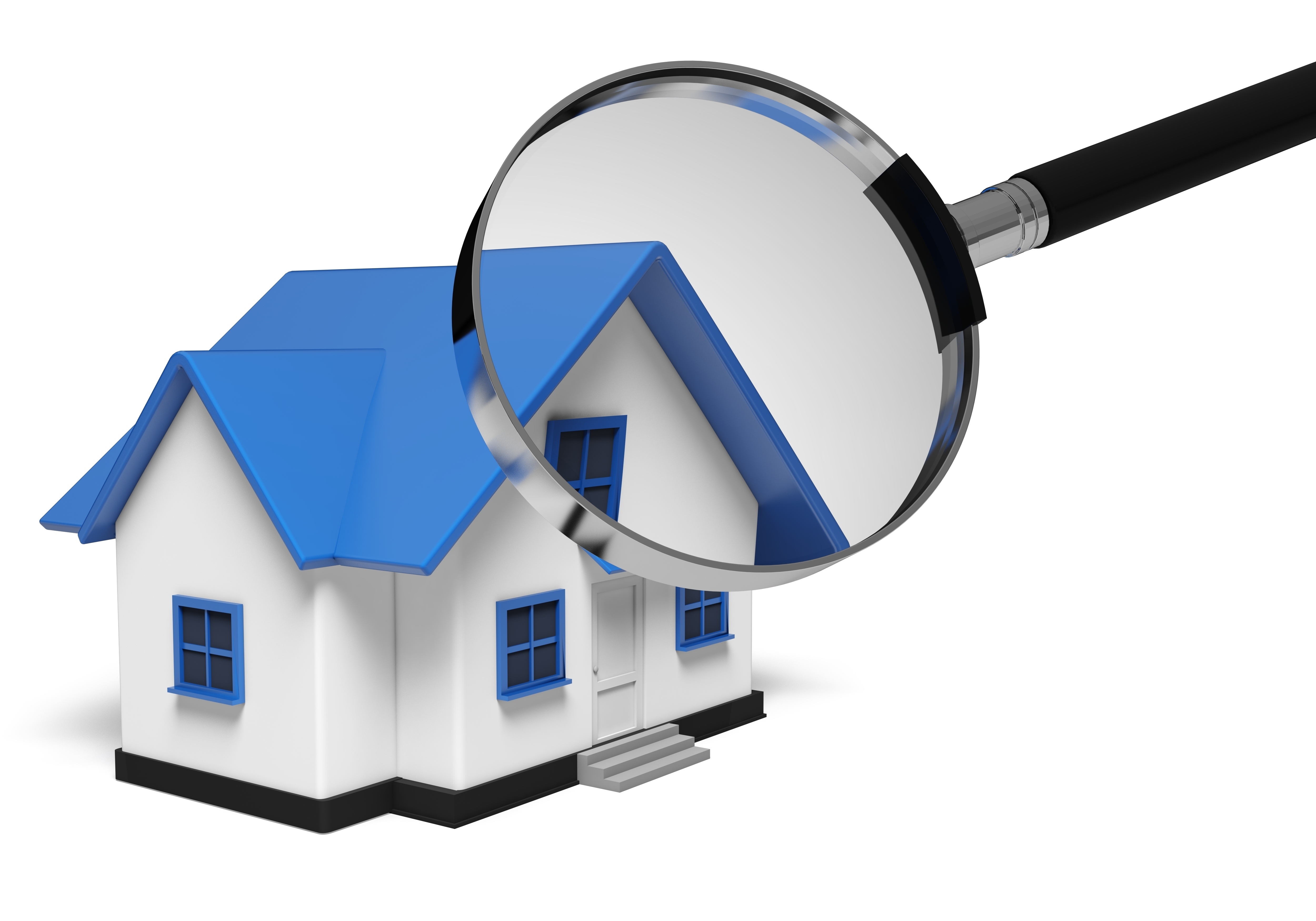
What Are the Parts of an Appraisal?Getting real estate can be the largest financial decision many could ever consider. Whether it's where you raise your family, a seasonal vacation property or one of many rentals, the purchase of real property is a detailed transaction that requires multiple people working in concert to see it through. The majority of the participants are very familiar. The real estate agent is the most familiar face in the transaction. Next, the mortgage company provides the money required to finance the exchange. The title company makes sure that all requirements of the exchange are completed and that a clear title transfers from the seller to the buyer. So, what party is responsible for making sure the property is worth the amount being paid? In comes the appraiser. We provide an unbiased estimate of what a buyer might expect to pay — or a seller receive — for a property, where both buyer and seller are informed parties. A licensed, certified, professional appraiser from Gill Group will ensure, you as an interested party, are informed. The inspection is where an appraisal beginsOur first task at Gill Group is to inspect the property to ascertain its true status. We must see features hands on, such as the number of bedrooms and bathrooms, the location, living areas, etc, to ensure they really are there and are in the shape a reasonable buyer would expect them to be. To make sure the stated square footage is accurate and illustrate the layout of the house, the inspection often entails creating a sketch of the floorplan. Most importantly, the appraiser identifies any obvious features - or defects - that would have an impact on the value of the house. Once the site has been inspected, we use two or three approaches to determining the value of the property: a sales comparison, a replacement cost calculation, and an income approach when rental properties are prevalent. 
Replacement CostHere, we pull information on local construction costs, labor rates and other elements to ascertain how much it would cost to replace the property being appraised. This value usually sets the upper limit on what a property would sell for. It's also the least used predictor of value. 
Analyzing Comparable SalesAppraisers get to know the subdivisions in which they appraise. They thoroughly understand the value of certain features to the people of that area. Then, the appraiser looks up recent sales in close proximity to the subject and finds properties which are 'comparable' to the home in question. By assigning a dollar value to certain items such as fireplaces, room layout, appliance upgrades, extra bathrooms or bedrooms, or quality of construction, we add or subtract from each comparable's sales price so that they more accurately match the features of subject property.
An opinion of what the subject could sell for can only be determined once all differences between the comps and the subject have been evaluated. When it comes to associating a value with features of homes in Dexter and Stoddard, Gill Group is second to none. The sales comparison approach to value is usually given the most importance when an appraisal is for a real estate purchase. Valuation Using the Income ApproachIn the case of income producing properties - rental houses for example - we may use a third way of valuing a house. In this situation, the amount of revenue the real estate generates is taken into consideration along with other rents in the area for comparable properties to determine the current value. Coming Up With The Final ValueCombining information from all approaches, the appraiser is then ready to document an estimated market value for the property in question. The estimate of value at the bottom of the appraisal report is not necessarily the final sales price even though it is likely the best indication of a property's valueDepending on the specific situations of the buyer or seller, their level of urgency or a buyer's desire for that exact property, the closing price of a home can always be driven up or down.Regardless, the appraised value is typically used as a guideline for lenders who don't want to loan a buyer more money than they could recover in the event they had to put the property on the market again. At the end of the day, an appraiser from Gill Group will guarantee you discover the most fair and balanced property value, so you can make profitable real estate decisions. |